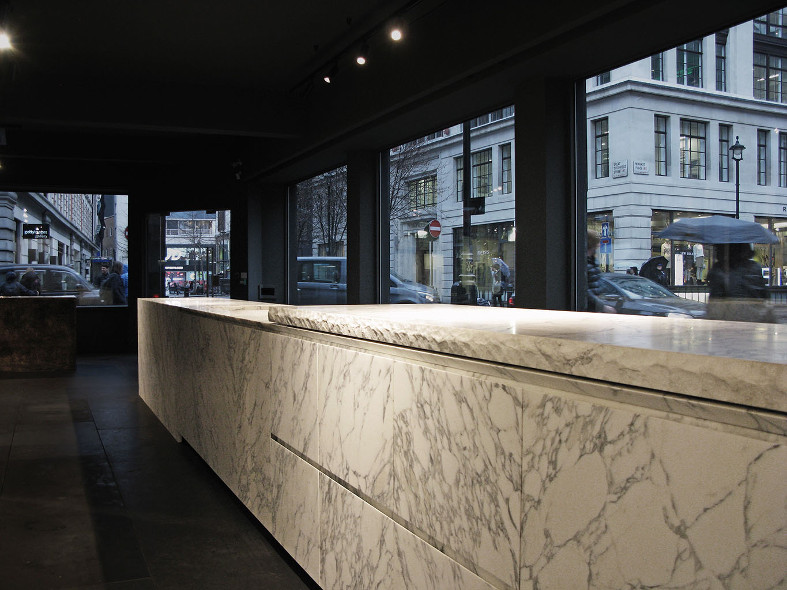Minotticucine London
Success
You have successfully submitted your enquiry. Someone from our company will respond ASAP
Minotticucine London
minotticucine was founded in 1949 by Adriano Minotti. His son Alberto took over the company in the 1990's.
Press Releases
minotticucine present SETA – The Silk Kitchen – Silk. Art. Design
minotticucine introduce, another world first - a kitchen covered in Silk. A material so unprecedented, that it gives its name to the kitchen - SETA.
Products & services
Terra
The earth, with its waters, forests and mountains, is extraordinarily beautiful in itself, in its simple and bare presence. Different from everyday artefacts, in which use and function are predominant, the earth is what it is, independently from what we are, what we do and what use we give to it.
Inca
Inca has vertical profiles evoking a rhythm that defines the kitchen space. The worktop is hidden behind the doors so that a single horizontal line visually binds the different materials and finishes.
Atelier
Atelier is a most versatile kitchen thanks to the different finishes and compositions available. The main feature of Atelier is the worktop: it can be expressed in a number of different ways - split hand chiselled edge, flat edge, or bevelled edge, also at different thicknesses. Atelier is a celebration of the stone slab elevated on a profile above the furniture.
Gandhara
Gandhara has horizontal profiles that appear to stretch the length of the kitchen. The worktop has a 45° edge so that the union with doors, also 45° edge, is linear and continuous. Gandhara was the first kitchen where the union between worktop and drawer fronts meets at a junction like this. Tall units have vertical profiles.
Maya
Maya is a sculptural piece of furniture conceived as a series of volumes available at different heights and depths. The aluminium door and its junction with the worktop negate the need for additional handle profiles, minimising visual interference. Blocks of furniture can be arranged according to activity - suspended from the wall, arranged half-height as seating, or split depth to form a functional plinth.
Anima
The connection of the countertop is an obstacle to the visual continuity, the innate detail, and indispensable to all large surfaces made with natural materials such as stone. To take the eyes away from this divide, the Anima model was created in detached units.
Hanami
Hanami takes inspiration from Japanese minimalist culture, in particular the concept of shoji walls, typical of the Japanese "washitsu" room. Japan is famous for its gardens and especially for the cherry blossoms; a natural spectacle that is admired and contemplated in its utter simplicity and beauty. The word "Hanami", chosen to christen the new kitchen, embodies these concepts.
Incline
Stone and natural materials used to create all our compositions have withstood time and its elements for millennia and they still do even when the kitchen breaks out of the confines of the house to spread into the outdoors. In Incline, the principles of minimalism and of visual silence are evident, with all function enclosed within.

